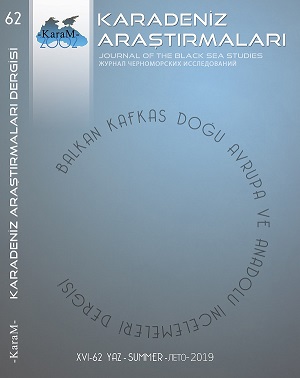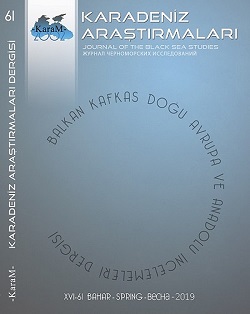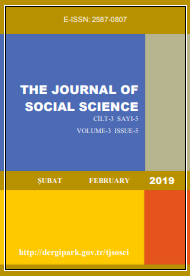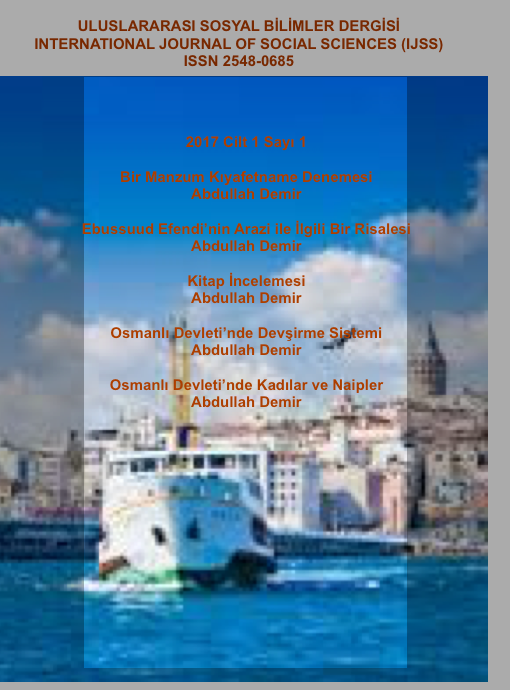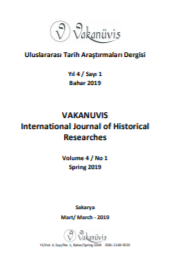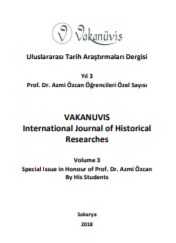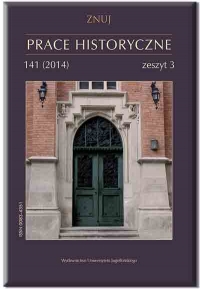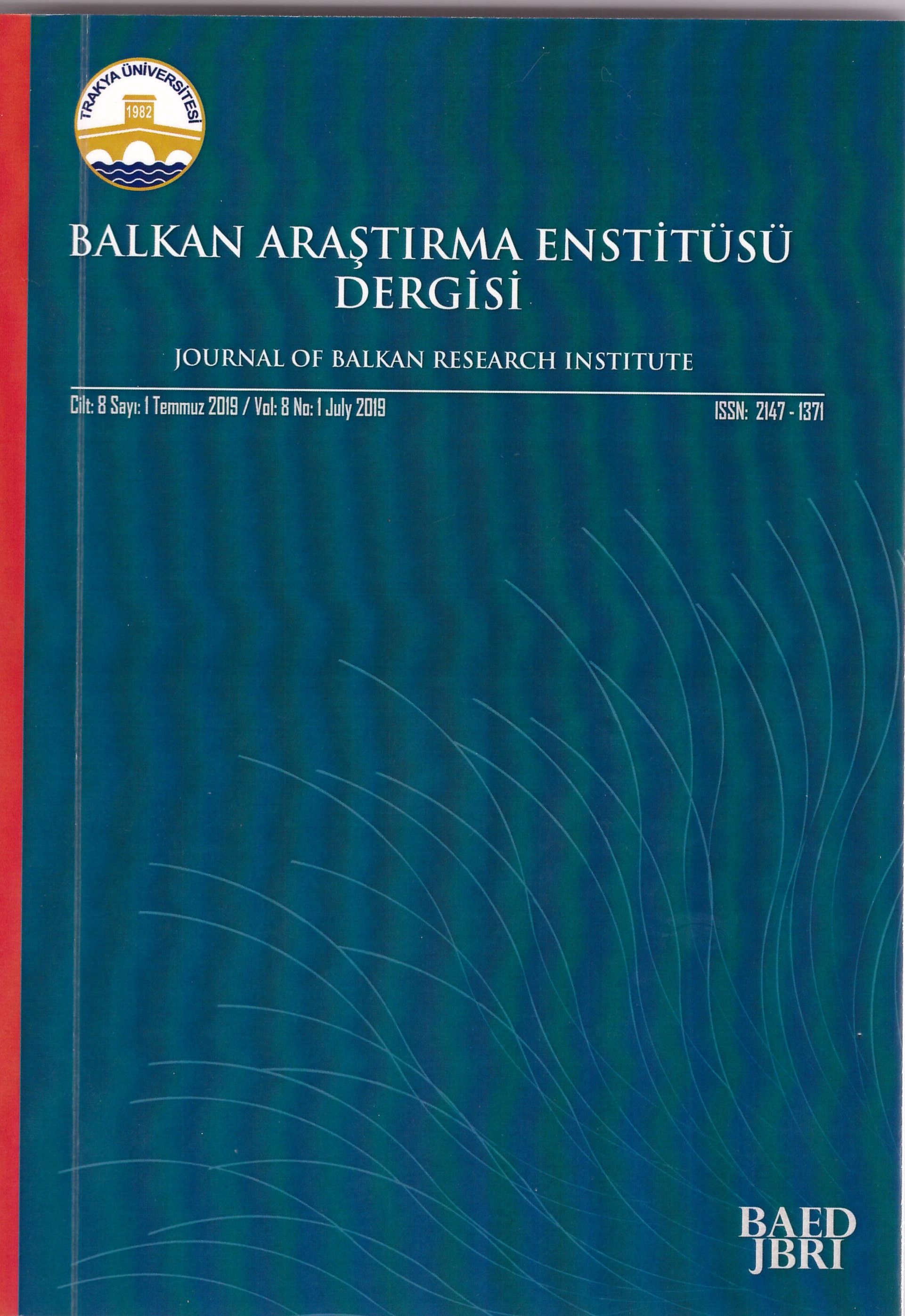
OSMANLI GELENEĞİNDE SAKAL-I ŞERİFİN YERİ VE BULGARİSTAN’DA SAKAL-I ŞERİF MUHAFAZALI CAMİLER
The love for Muhammad has been a unifying element for Muslim Turks in every geography. This love, which is not confined to the person of the Prophet, has been extended to include the people and things that he is in contact with. Particularly, the parts of the body of the Prophet have a special importance for Muslims. Among these elements, which are protected as sacred entrances, the sakal-ısherifs(hair from Prophet’s beard) dominate in number.In the Ottoman tradition, the sakal-ı sherifs were kept in the appropriate places of clothing and were generally preserved in their private enclosures in mosques and households, and were visited on blessed days and nights. This tradition was carried to different geographies with the Ottomans.It is known that some of the mosques in Bulgaria, which is one of the first places to be conquered by the Ottomans in the Balkans, kept the sakal-ı sherifs. However, depending on the region's emergence of Ottoman rule, it became difficult to determine the number of these structures. Some of the sakal-ı sherifs in the mosques in Bulgaria have survivedand some have been forgotten. In this study, it will be tried to determine the mosques that maintain the holy beard in Bulgaria based on the existing examples and architectural tradition.
More...
